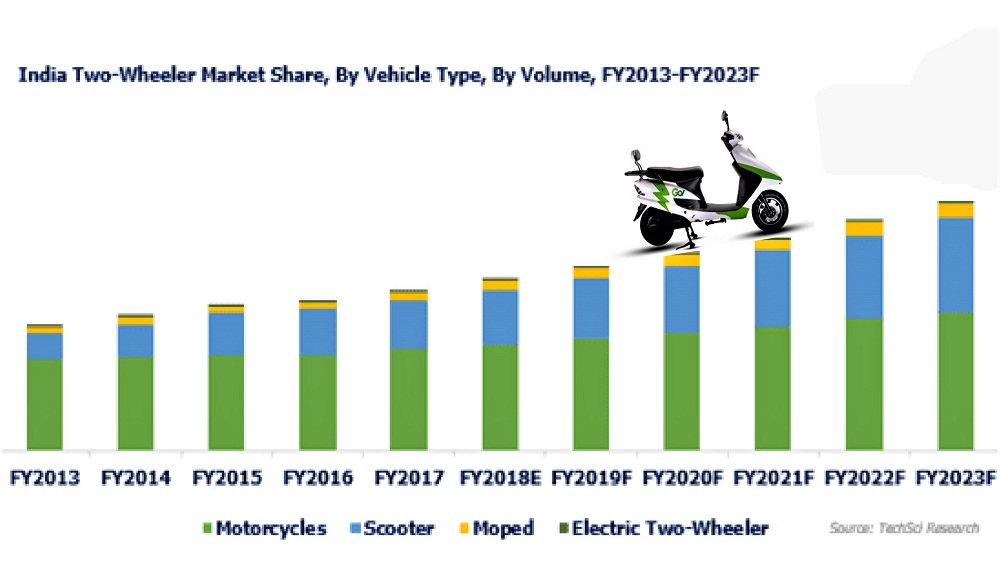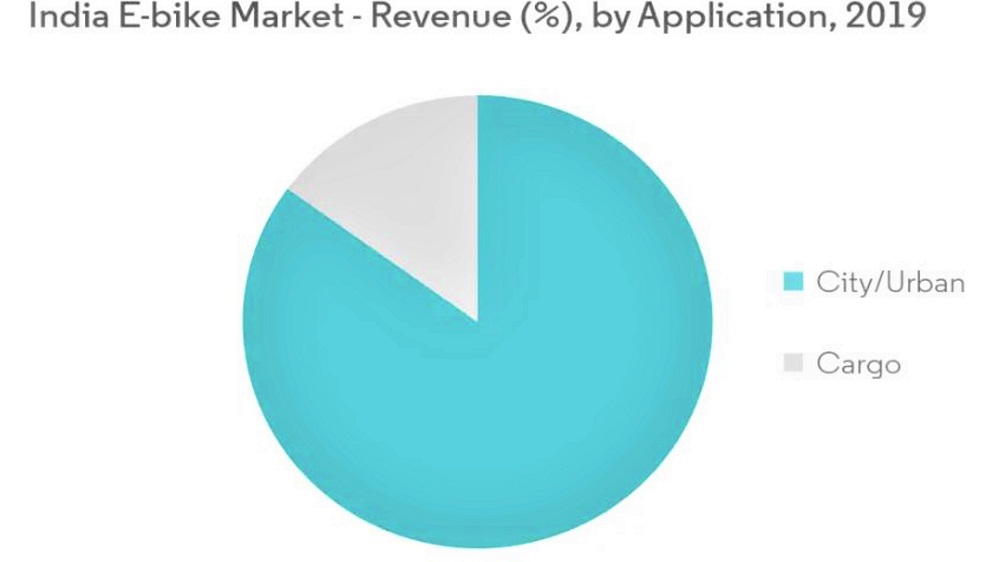Role of Electric Vehicles Industry in Reviving the Economy of India in 2021


The unprecedented COVID-19 outbreak has put a brake on all the industries across the globe. A report of the Union Ministry of Statistics and Programme Implementation (MoSPI) showed that the Indian economy contracted by 23.9% in the April–June quarter. The breakdown of the GDP data outlined that the construction sector was the hardest hit followed by the trade, hotels, and transport segment, and manufacturing industry.
Effect of Lockdown on EV Industry
The country’s electric vehicle industry has been no exception in this lockdown with sales plunging to an all-time low in the world’s largest EV hub, China. The Indian auto industry which was already grappling with the BS-VI emission norms deadline was hit by a double blow when the nationwide lockdown was imposed in the country keeping in mind the increasing number of COVID-19 cases. The market came to a complete halt with all manufacturing operations suspended under the guidelines issued by the local and central government. The automotive industry has suffered an approximate loss of Rs 2,300 crore per day due to lockdown, according to the Society of Indian Car Manufacturers or SIAM.
Government’s Role
After striving to turn the pandemic-induced "crisis into an opportunity" the government should step in the New Year for massive penetration of electric vehicles as well as on green fuel and electricity. The primary objective behind the government's set-up of at least one e-charging kiosk at each of the approximately 69,000 petrol pumps across the country is to boost electric vehicle uptake. The sudden contraction of the economy due to lockdown combined with modest growth in the preceding years have put India's economy at a "decisive point" in its journey towards prosperity. India would require crucial structural reforms in 2021 and identified opportunities in manufacturing, urbanization, and sustainability to achieve the employment and productivity growth needed in the country.

The adoption of electric vehicles in India will help to revive the economy. The government has a target of 30% electric vehicle penetration by 2030 with incentives to make in-country manufacturing of the components economically viable. Faster Adoption and Manufacturing of Hybrid and Electric Vehicles (FAME 2) program has provided policy stability, but state-level programs will be needed to make the central government's plan achievable. By 2024, the government aims to register 500,000 new vehicles and will provide financial incentives on top of the central government's existing income tax rebates for purchasing electric vehicles.
Steps that should be taken by the Electric vehicle Industry in reviving the economy:
There are many steps electric vehicles companies or startups can do to revive the economy in 2021:
Set up of charging stations at shopping malls & retail outlets
The impact of Covid-19 on businesses has been challenging, with many struggling to survive due to reduced revenue and ongoing operating costs. Recently, In Delhi's Electric Vehicle Plan, the government aims to set up 200 charging stations per year so that there will be a charging station within every 3 km by 2024. This is an effective way to drive this initiative forward and support retail to incentivize shopping malls and retail outlets to adapt and set up electric vehicle charging stations in the parking area that can autonomously operate from the main electric grid. The concept would be beneficial for consumers, the government, and businesses because many homes and office locations would not be able to set up reliable charging facilities given the large amount of energy required from the grid. The land for shopping mall parking has already been allocated, the charging stations would be built on acquired land, which would streamline project processes for developers. A proper charging infrastructure to be stationed at shopping malls and retail outlets by incentivizing, these locations would become charging centers and create a dynamic experience for consumers and delivery service providers.

Invest in smart grids to optimize charging from renewables
Electric vehicles increase the electricity demand but help to reduce greenhouse gas emissions and fossil fuel consumption. Lowering the CO2 intensity of power generation would be important to ensure that higher electric vehicle deployment is combined with more rapid decarbonization of electricity generation. The country’s total demand for power is expected to grow by 80% in the next ten years, with the share of demand from electric vehicles expected to be less than 0.5% by 2030. To meet the rising power demand in the most sustainable way to decarbonize the transportation sector, the government will need to scale investment in grid infrastructure to allow DISCOMs to operate the power system with higher shares of an intermittent generation coming from renewable energy.
Collaborate to reduce import duties with the central government
In India, vehicular pollution coupled with road dust resuspension is a key driver behind the high pollution levels. In 2021, for the adoption of electric vehicles to revive the economy, both the central and state governments need to collaborate further and align their policies to make electric vehicles more affordable and quicker to charge while having an extended battery range for consumers. The authorities should consider lowering import/export taxes on EVs and charging infrastructure, however, given the necessity to bring the product to market and set up charging infrastructure. The relaxation of the requirements under FAME 2 combined with negative incentives associated with non-EV vehicles could be beneficial in lowering prices for consumers and allowing the necessary equipment manufactured outside India to enter the market.
Conclusion
A moratorium on import/export taxes on electric vehicles and charging infrastructure for the coming year would broaden the availability of electric vehicles and charging infrastructure equipment manufactured in partner countries to enter the market. The government should seek ways to reform these measures by highlighting the importance of importing high-quality manufacturing and charging equipment into India. There is room for improvement within the country’s electric vehicle plan to boost consumer demand as well. Good incentives for buying electric vehicles are offered by the government. Since the cost of energy goes up, customers suffer from carbon pricing of electricity. For certain applications, electricity is the economic option in today's world, and we have no 'carbon tax'; rates are the product of a dynamic mechanism called the Energy Market. The only alternative available to consumers is electricity. However, there are other cases where the choice between electricity and a fossil fuel option is reasonable, like in the case of electric vehicles versus a combustion engine automobile running on gasoline.
Today, an EV compares very favorably, in terms of cost per mile to operate, versus a car using gasoline, because there is no carbon tax on electricity. A successful way to enable customers to turn to more fuel-efficient cars may be to set carbon prices in the transport sector. To revive the economy, the additional carbon pricing measure within their strategy could drive market demand and speed up the adoption of electric vehicles.
This article is written by Dr. Irfan Khan, Co-Founder & CEO of eBikeGo.











